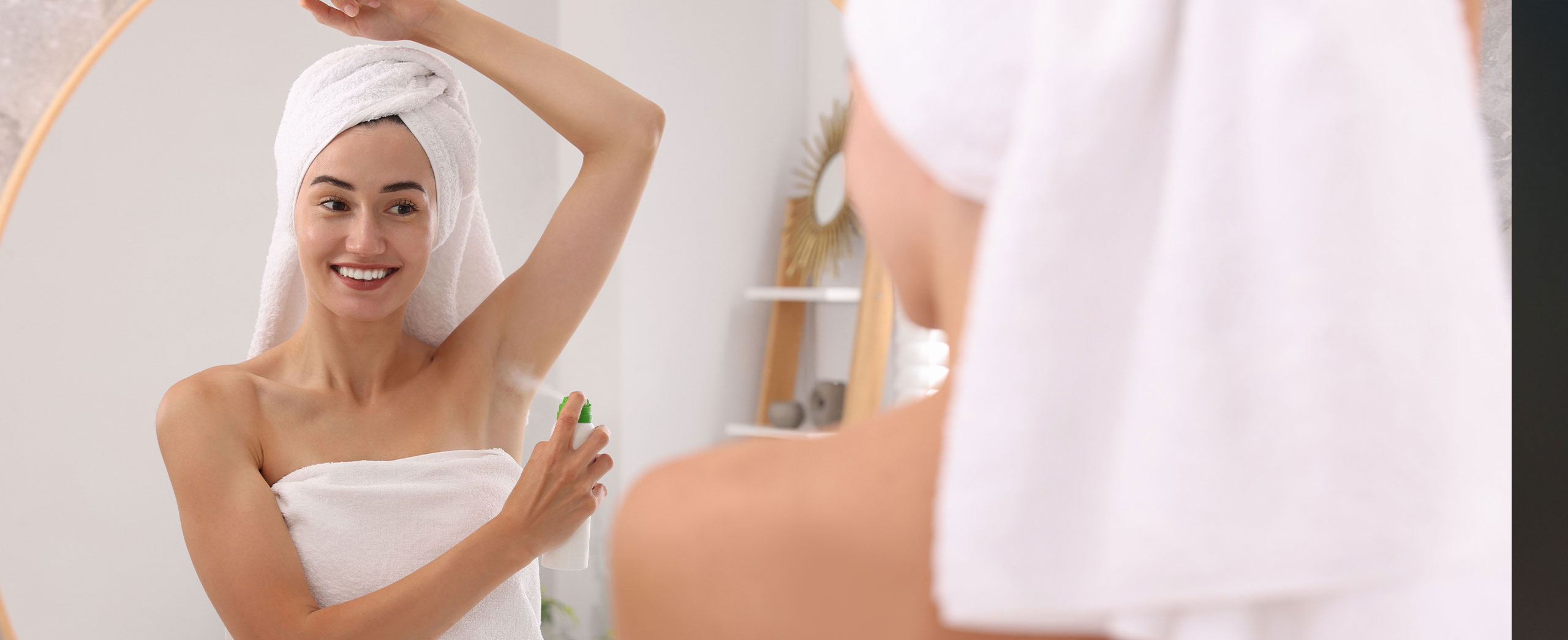Whole-Body Deodorants: A Dermatologist’s Perspective
As a Connecticut dermatologist, I often get questions questions about managing body odor beyond the underarms. While traditional deodorants focus solely on underarmodor, whole-body deodorants are gaining traction as a versatile option for tackling odor in other areas. But what exactly are these products, and are they right for you? Let’s break it down.
What Are Whole-Body Deodorants?
Whole-body deodorants are designed to combat odor across various areas of the body, such as the feet, groin, back, and even behind the knees. These products work by neutralizing odor-causing bacteria, which thrive in warm, moist environments.
Unlike antiperspirants that block sweat glands to reduce sweating, whole-body deodorants primarily rely on:
- Antibacterial agents to kill odor-causing bacteria.
- Natural ingredients like baking soda or activated charcoal to absorb o
- Odor-neutralizing compounds to mask unpleasant smells while preserving your body’s natural sweating process.
Who Can Benefit from Whole-Body Deodorants?
You might find these products useful if you:
- Lead an active lifestyle: Regular exercise or sports often causes sweating in areas beyond the underarms, making these products an excellent addition to your hygiene routine.
- Have Hyperhidrosis: If you sweat excessively, these deodorants can complement medical treatments like prescription antiperspirants.
- Notice odor in other non-traditional areas: Persistent odor in regions like your feet, groin, or back may improve with targeted products.
A Dermatologist’s Guide to Choosing the Right Deodorant
Selecting the right whole-body deodorant can make all the difference. Keep these tips in mind:
- Prioritize Skin-Friendly Ingredients: Opt for products free from common irritants like alcohol, artificial fragrances, and parabens. Sensitive skin? Look for natural or hypoallergenic formulations.
- Seek Antibacterial Properties: Ingredients like tea tree oil, zinc, or triclosan are effective at reducing odor-causing bacteria.
- Always Patch Test: Apply a small amount of the product to an inconspicuous area of skin first to rule out irritation or allergies before full application.
- Match Your Skin Type: For dry skin, choose products with hydrating agents like aloe vera. If you’re acne-prone, lightweight, non-comedogenic formulations work best.
How to Use Whole-Body Deodorants Effectively
To get the most out of your product:
- Start fresh: Apply to clean, dry skin after showering.
- Target key areas: Focus on odor-prone spots such as your feet, groin, or back—but avoid mucous membranes (such as genitals) unless the product specifically states it’s safe.
- Reapply when needed: If you’re active or sweating more than usual, keep your deodorant handy for a midday refresh.
When Should You See a Dermatologist?
If body odor persists despite trying whole-body deodorants, it may be time to consult a dermatologist. Underlying conditions like bromhidrosis (excessive odor) or bacterial or fungal infections could be contributing to the issue. Addressing these concerns with professional care can improve your comfort and confidence.
The Bottom Line
Whole-body deodorants are a convenient, versatile option for managing odor beyond the underarms. With careful product selection and proper use, they can enhance your hygiene routine and help you stay fresh throughout the day.
If you’re unsure which product is best for your skin, or need help addressing persistent odor, schedule an appointment with one of our board-certified dermatologists today. We’re here to help you feel confident and comfortable in your skin! Book an appointment on our website or give our office a call at 203-538-5682.

